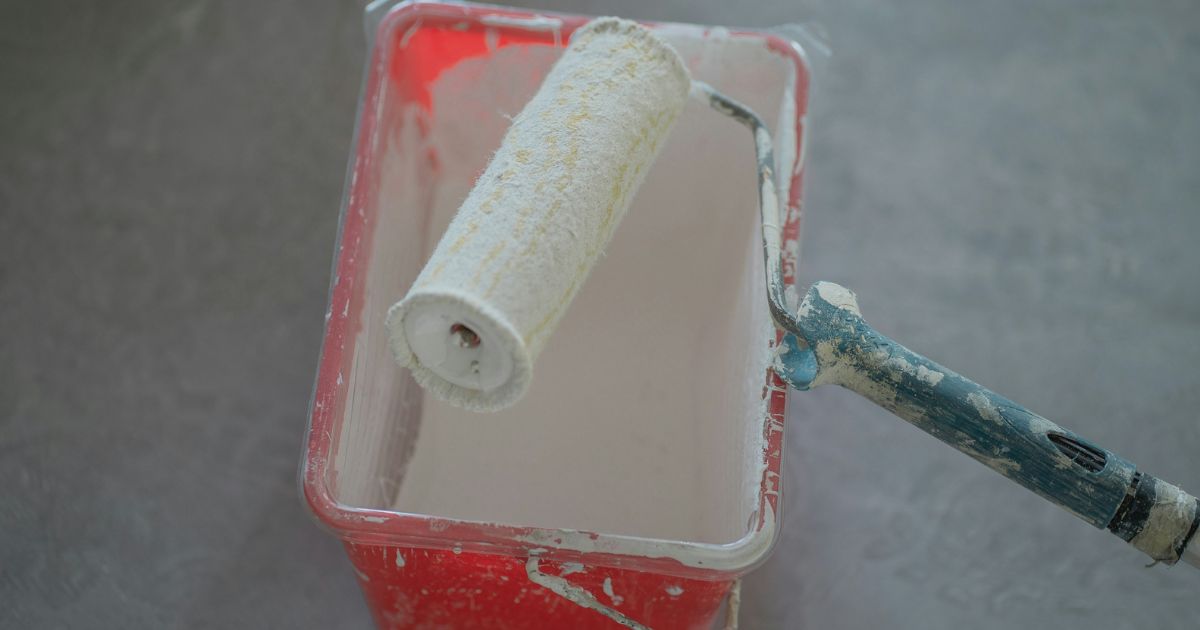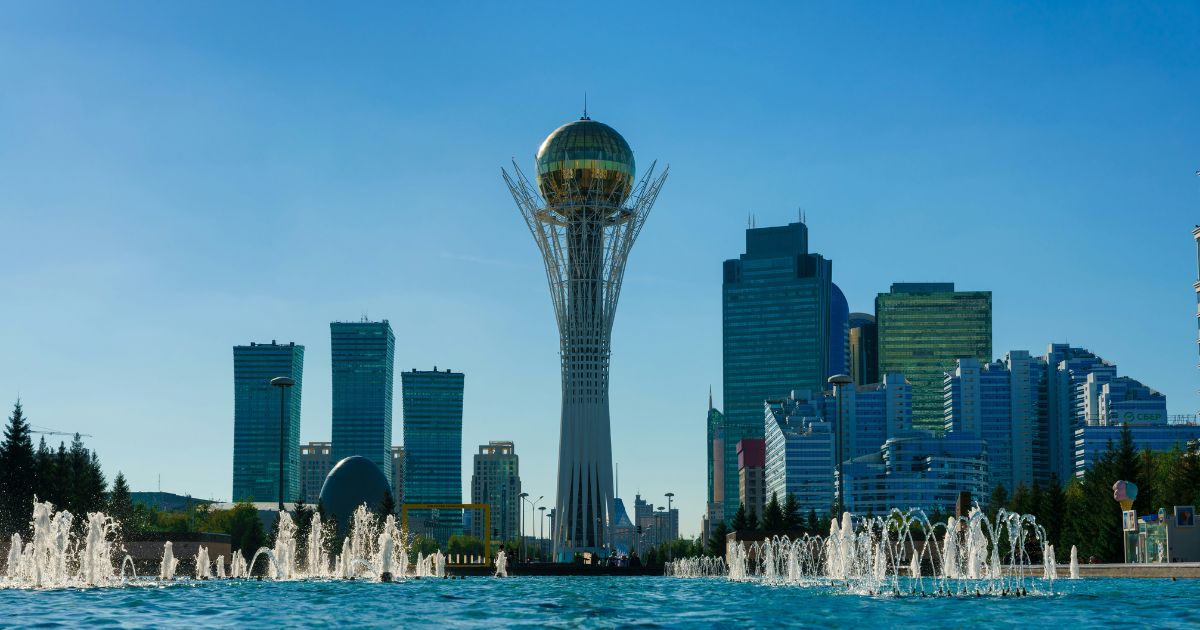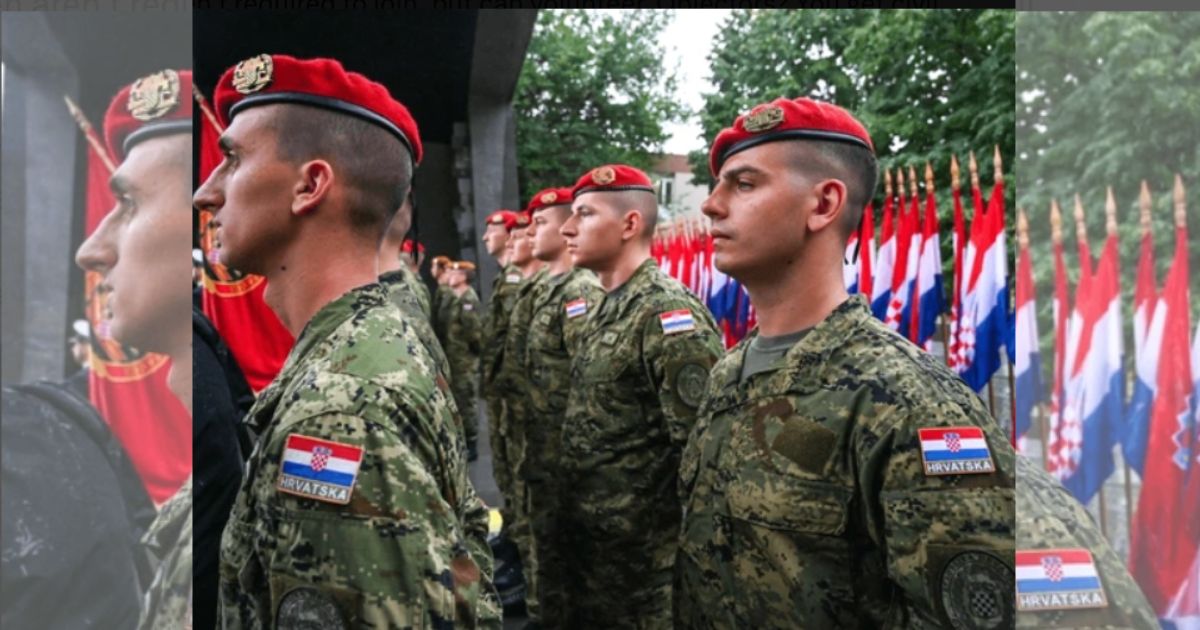The Xiangcheng County of the Ganzi Tibetan Autonomous Prefecture of Sichuan Province, on 20th September 2025, began its Whitewashing Cultural Week.The festival pays honor to the Tibetan ancestry of the area and the distinctive architectural forms of the area in a week-long festival. Tourism activities focus on the conservation of local culture and the cultural meaning of white Tibetan houses, which are exclusive in the region. The visitors will be able to view the traditional rituals, see the iconic whitewashing of houses, and take part in the other events that identify centuries of craftsmanship, artistry, and local heritage. The festival is one of the major cultural activities, which fosters the tradition and tourism in the area.
Architectural Symbolism and Tibetan Heritage
The white Tibetan houses of Xiangcheng County are also an excellent depiction of the cultural identity of the region. Their iconic whitewashed walls and their unique watchtower-like shapes are known to blend rural craftsmanship, religious motifs, and utility. The buildings are made of rammed earth, wooden columns, with their outside walls inward-tilting, their roofs flat to heat the crops, and with extensive interior decorations of painted murals, carvings, Thangkas, and god totems of the kitchen and the Buddha. The architecture is an amalgamation of thousands of years of Tibetan and Qiang influence, but still retains many local features that have earned Xiangcheng the status of the “Hometown of Chinese White Tibetan House Culture”.
Whitewashing of houses is not only ornamental, but has great symbolism, conveying a sense of community values, aesthetic ideals, and a sense of communion with nature. The traditional architecture is concerned with symbolism, and the forms, materials, and decorative details can have both spiritual and practical meanings. This philosophy is illustrated in the white Tibetan houses of Xiangcheng: the houses offer protection and a use in agriculture, but also mirror the culture and beliefs, as well as the social identity and continuity of history of the community. The plans of the structures, such as the quadrilateral and L-shaped plans along the Shuoqu River, also demonstrate how the architecture and the local geography and life are integrated.
Cultural Celebrations and Community Participation
The Whitewashing Cultural Week is characterized by different events that celebrate Tibetan traditions like communal wall whitewashing, performances, and folk craft demonstrations. The visitors are introduced to the Guozhuang dance, the local music, as well as the traditional rituals, which strengthen cultural continuity and breed local pride. Other benefits that the festival promotes are tourism and cultural learning, which provide an understanding of how Xiangcheng County sustains its culture even with the current modernization. Whitewashing Cultural Week is empowering the community through aesthetically beautiful, architecturally clever, and ritualistic practices, which can be felt by the local community and still have reverberations even beyond the local community.




